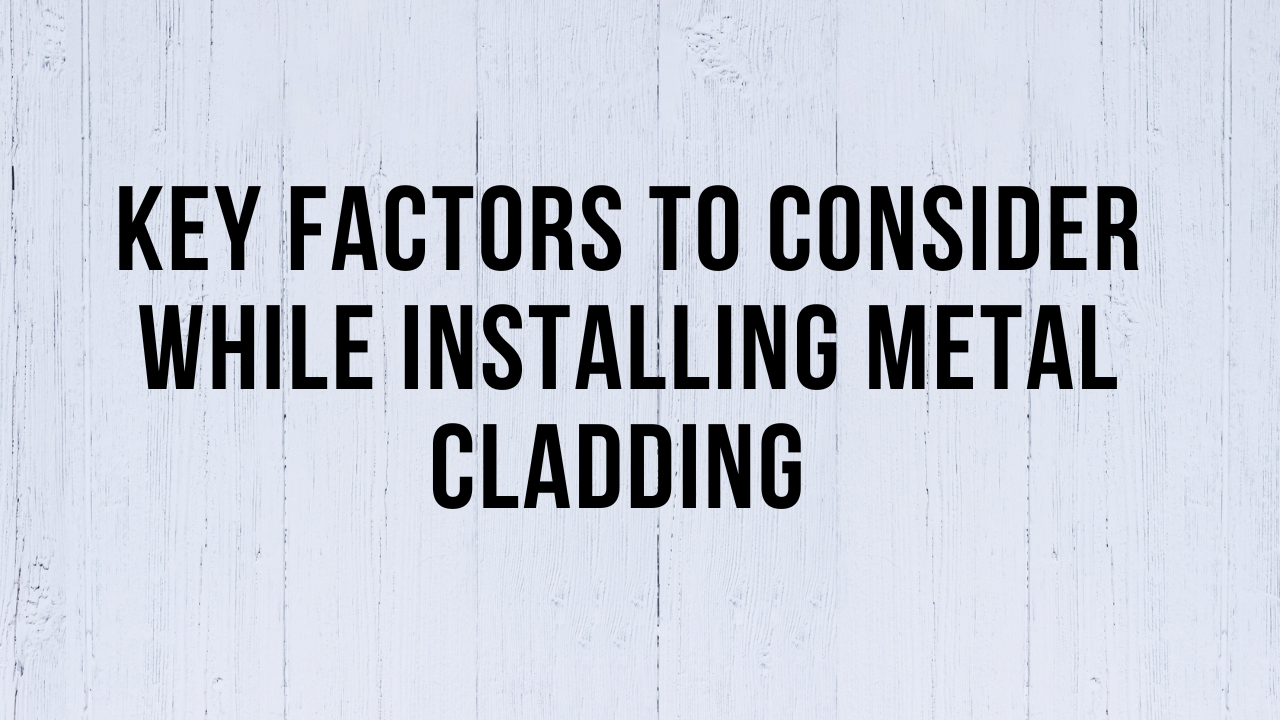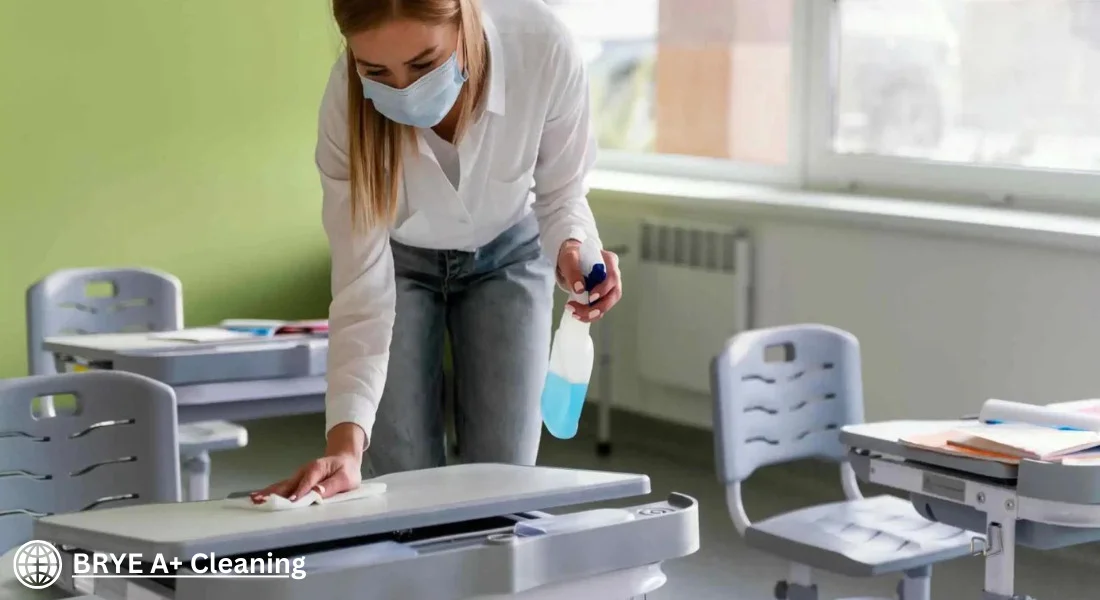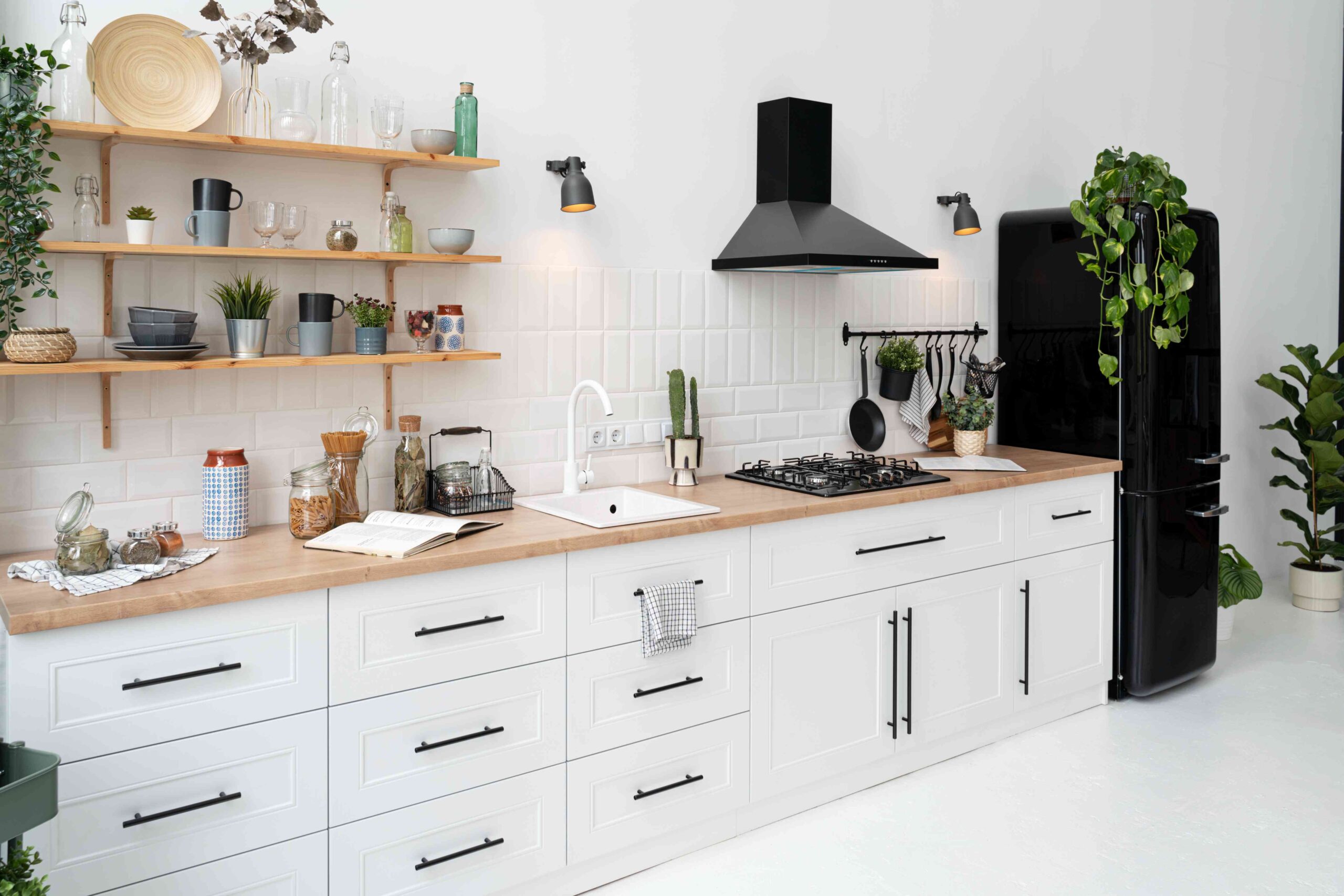Metal cladding is popular for its beauty, strength, and practicality. It’s used in both homes and big commercial buildings. It offers a modern look and protects against tough weather. However, successful installation needs careful planning and attention to several factors. This can prevent problems later. So, let’s discuss the key factors for a successful metal cladding installation.
1. Understanding the Project’s Purpose and Requirements
Before starting installation, understand your metal cladding project’s goals. Consider these questions:
- Is the cladding just for looks, or does it need to insulate and protect against weather?
- What type of building are you covering, and what are its design needs?
- Do you need to follow any local building codes or rules?
Choose the right cladding material and installation method by considering these key details. For instance, insulated metal panels are the way to go for energy efficiency. But to boost aesthetics, zinc or aluminium cladding is likely your best bet.
2. Selecting the Right Material
Claddco Metal cladding comes in various materials, each with its own benefits and drawbacks. The choice of material affects how long it lasts, how much care it needs, and how well it performs. Common options include:
- Steel: Strong and durable, steel is popular in industrial and commercial sectors. It can handle tough weather but needs regular care to avoid rust.
- Aluminium: This lightweight metal resists corrosion, making it ideal for humid or coastal areas. It’s versatile, with many finishes, and is favoured in modern architecture.
- Zinc: Zinc develops a protective layer over time, ensuring long life and low maintenance. However, it is pricier than other metals.
- Copper: Known for its beauty and unique ageing, copper is expensive. It can corrode in certain environments, limiting its use.
3. Design and Aesthetic Considerations
Metal cladding offers architects and builders flexibility in design. They can choose different textures, finishes, and panel setups. Yet, decisions shouldn’t be purely aesthetic. It’s vital to consider how the cladding fits with other materials, the layout, and the panel type for a unified look.
Key design factors include:
- Panel Orientation: Panels can be horizontal, vertical, or diagonal. This choice affects the building’s proportions.
- Seam Placement: Where seams are placed can influence the look. However, bad placement can lead to leaks or structural issues.
- Colour and Finish: Options range from matte to glossy and textured. The finish should enhance beauty and offer protection against UV rays, rust, and other elements.
4. Assessing Building Structure and Preparation
The building’s strength is vital for metal cladding. The cladding must attach to a strong substructure that supports its weight and resists wind, moisture, and heat changes. A professional should check the building’s capacity to ensure safety and longevity.
Before starting, make sure to:
- Prepare the Surface: Fix any issues first to avoid problems. The area for cladding must be clean, flat, and clear of debris.
- Control Moisture: Install a weather-resistant barrier (WRB) under the cladding as it reduces the risk of mould, mildew, and damage.
- Consider Heat: Metal expands and contracts with temperature changes. Include expansion joints and flexible fasteners to accommodate this. Ignoring this can cause the cladding to buckle or deform.
5. Insulation and Energy Efficiency
Metal cladding can often be combined with insulation to boost energy efficiency. Insulated metal panels (IMPs) are ideal for projects prioritising thermal performance. These panels feature a foam core between two metal layers, offering insulation and a finished surface.
If not using IMPs, ensure the cladding system allows insulation between the cladding and the wall. Proper insulation cuts heating and cooling costs and enhances comfort.
6. Weatherproofing and Ventilation
Metal cladding protects buildings from weather. However, poor installation can cause leaks, air entry, and energy loss.
Key weatherproofing steps include:
- Sealing Joints and Edges: Use special sealants or gaskets to block water and air.
- Ventilation Systems: Ensure airflow behind cladding to prevent moisture, especially in humid or variable climates.
7. Hiring Professional Installers
For small projects, DIY might seem appealing. However, metal cladding needs professional installation. Experts have the right skills and tools. They ensure the work meets local codes. This cuts down future repair costs by avoiding mistakes.
When picking a contractor, consider these factors:
- Experience: Choose someone familiar with your specific metal cladding.
- References and Portfolio: Ask for past work examples to gauge quality.
- Licensing and Insurance: Ensure your installers are licensed and insured. This protects you from potential issues during installation.
In Conclusion…
Metal cladding installation demands meticulous preparation and skilled execution. Success hinges on clear project goals, optimal material choices, and robust insulation. Expert installers ensure weatherproofing and longevity. This versatile solution enhances aesthetics, energy efficiency, and durability for modern structures. From sleek facades to protective shells, metal cladding adapts to diverse architectural needs. Proper planning and professional implementation guarantee a striking, enduring result that elevates both form and function.
To get quality metal cladding, check out Claddco. You will get a high-quality and affordable service.





